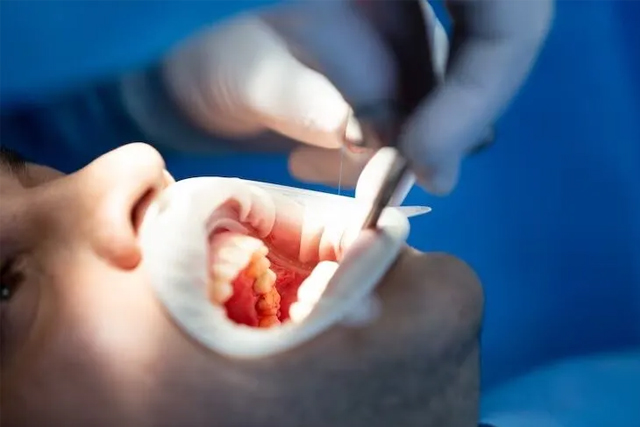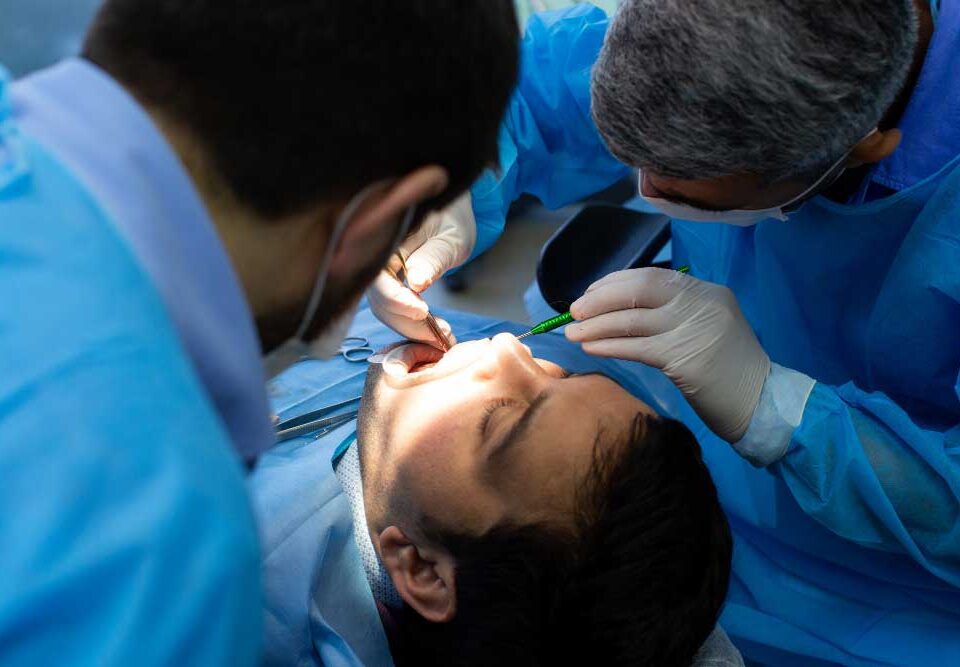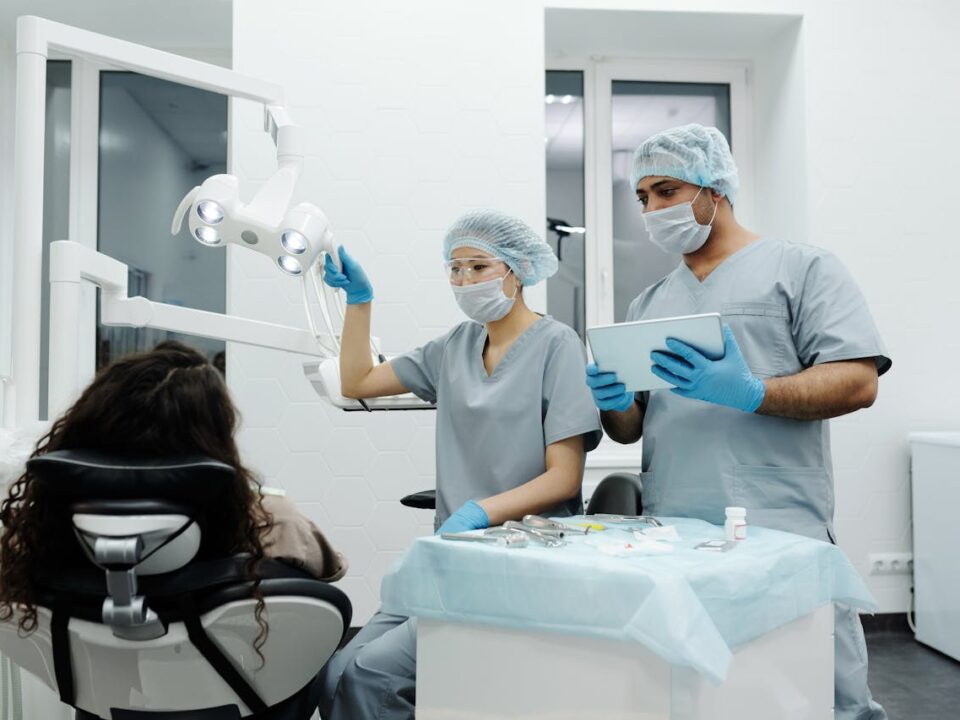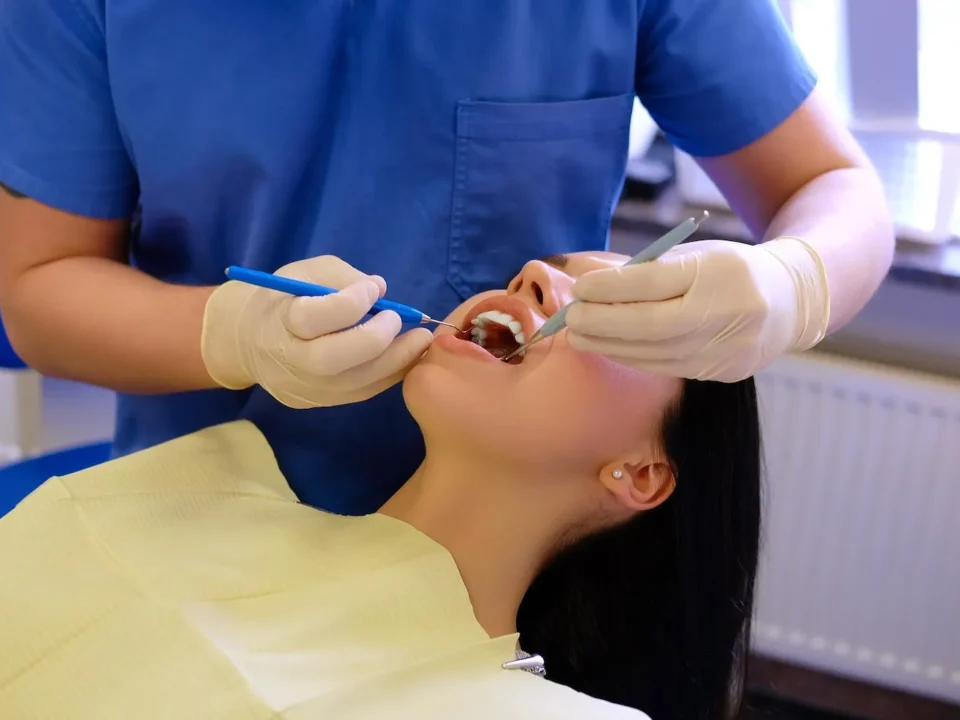
11 Ways Wisdom Teeth Removal Can Improve Your Quality of Life
July 11, 2024
When Is It Safe to Use a Straw After Wisdom Teeth Removal? Learn More Here
September 16, 2024
Table of Contents
ToggleWisdom teeth removal is a common procedure, but it can come with a significant recovery period, especially when it comes to resuming normal activities like exercising. Understanding when and how to safely return to your fitness routine after wisdom teeth removal Melbourne is crucial to avoid complications and ensure a smooth recovery. This blog will provide you with a detailed timeline on when you can start exercising again and what precautions to take.
The First 24-48 Hours: Rest and Recovery
Immediately after your wisdom teeth removal Melbourne, rest should be your top priority. The first 24 to 48 hours are critical for healing, and your body needs time to begin the recovery process. During this period, it’s essential to avoid any physical activity, including light exercises like walking.
Engaging in physical activities too soon can increase your heart rate and blood pressure, which might lead to prolonged bleeding at the surgical site. Additionally, the anesthesia and pain medications you may be taking can cause dizziness or drowsiness, increasing the risk of injury if you try to exercise.
Days 3-4: Gentle Movement
After the first 48 hours, if you’re feeling better and the bleeding has stopped, you can start incorporating gentle movements into your routine. This doesn’t mean jumping back into your regular exercise regimen, but rather taking short, slow walks around your house or neighborhood.
Walking helps improve circulation, which can aid in the healing process, but be sure to keep your movements light and avoid anything strenuous. It’s also important to listen to your body; if you feel any discomfort, dizziness, or increased swelling, stop immediately and rest. Otherwise, you might have to resort to extended treatment and increased wisdom teeth removal cost.
Days 5-7: Light Exercise
By the fifth day, many people begin to feel more like themselves. If your pain and swelling have significantly decreased, you can consider gradually reintroducing light exercise into your routine. Low-impact activities such as stretching, yoga (without inversions), and stationary cycling are good options.
However, it’s still crucial to avoid any exercises that require bending over, lifting heavy weights, or activities that cause you to strain or hold your breath, as these can increase pressure on your healing wounds and delay recovery.
Avoiding any exercises that involve vigorous movement or head lowering is key to preventing dry socket, a painful condition where the blood clot that protects the bone and nerves becomes dislodged. This is important to follow to ensure you keep the wisdom teeth removal price to a minimum.
Days 7-10: Moderate Exercise
If your wisdom teeth removal recovery is progressing well, with no signs of infection or complications, you can gradually increase the intensity of your workouts after a week. This could include moderate-intensity cardio, light weight lifting, or a return to activities like swimming or Pilates. However, it’s essential to avoid exercises that involve direct impact, heavy lifting, or activities that put a lot of pressure on your jaw and mouth. Pay attention to your body’s signals—any signs of discomfort, increased swelling, or pain should be a cue to ease up and rest.
Day 10 and Beyond: Returning to Regular Exercise
After about 10 days, most people are ready to return to their regular exercise routines. By this time, the majority of the healing should be complete, and you can safely engage in more strenuous activities, including running, heavy lifting, and high-impact sports. However, it’s still a good idea to ease back into your routine gradually, allowing your body to fully adjust without overexerting itself. If you’re unsure about your readiness to return to full activity, consult with your dentist or oral surgeon, who can provide guidance based on your specific situation on wisdom teeth removal recovery.
Tips for Exercising Safely After Wisdom Teeth Removal
- Stay Hydrated: Drink plenty of water, but avoid using straws, as the suction can dislodge the blood clot and cause dry socket.
- Avoid Strain: Avoid activities that involve bending over or heavy lifting, as these can increase pressure in your mouth and delay healing.
- Listen to Your Body: Pay close attention to how you feel during and after exercise. If you experience pain, dizziness, or excessive swelling, stop immediately and consult your doctor if necessary.
- Prioritize Oral Hygiene: Continue to follow your dentist’s recommendations for oral care, including gentle rinsing with saltwater to keep the surgical site clean and promote healing.
Returning to exercise after wisdom teeth removal should be a gradual process, guided by how your body feels and heals. By following the timeline and tips outlined in this blog, you can safely resume your physical activities without jeopardizing your healing process. Talk to the experts to know more about the wisdom teeth removal cost applicable.
Frequently Asked Questions:
1. Why is it important to avoid exercising immediately after wisdom teeth removal?
Exercising immediately after wisdom teeth removal is strongly discouraged because it can interfere with the crucial initial stages of healing. During the first 24 to 48 hours, your body forms blood clots at the extraction sites to protect the bone and underlying nerves. Physical activity, especially anything strenuous, increases your heart rate and blood pressure, which can dislodge these clots, leading to a painful condition known as dry socket. Search “wisdom teeth removal near me” if you’d like to know more.
2. What are the risks of returning to exercise too soon after wisdom teeth removal?
One of the primary risks is the development of dry socket, a painful condition where the blood clot that protects the extraction site becomes dislodged, exposing the bone and nerves. This condition not only delays healing but also requires additional treatment and can be extremely uncomfortable.
Another risk is increased swelling and bruising around the jaw area, as physical activity can aggravate these symptoms. Exercising too early can also lead to dizziness or fainting, particularly if you’re still on pain medications that may cause drowsiness. Finally, engaging in physical activities too soon can increase the likelihood of infection if the surgical sites are not fully healed.
3. How can I safely reintroduce exercise into my routine after wisdom teeth removal?
Reintroducing exercise after wisdom teeth removal should be done gradually and with caution. After the first 48 hours, once the initial healing phase has begun, you can start with light activities such as gentle walking. This helps improve circulation without putting too much strain on your body.
As you approach days 5 to 7, you can slowly increase your activity level by incorporating low-impact exercises like stationary cycling, light stretching, or yoga. It’s crucial to avoid exercises that require heavy lifting, intense cardio, or any movements that strain the jaw or cause your heart rate to spike. Not following these instructions will only lead to complications and increased wisdom teeth removal price.
4. When can I resume high-intensity workouts after wisdom teeth removal?
High-intensity workouts, such as running, weight lifting, or high-impact sports, should generally be avoided for at least 10 days after wisdom teeth removal. However, it’s important to start slowly and not jump back into your full routine immediately. Begin with moderate intensity and shorter durations, gradually building up to your pre-surgery levels. This gradual approach helps your body adapt without overwhelming it, reducing the risk of complications like dry socket or prolonged swelling.
5. Are there specific exercises or activities I should avoid after wisdom teeth removal?
Yes, there are several exercises and activities you should avoid after wisdom teeth removal to prevent complications and promote proper healing. High-impact activities like running, jumping, or intense aerobic exercises can jar the head and neck area, potentially dislodging the blood clots at the extraction sites. Weight lifting or any exercise that involves straining or holding your breath can increase pressure in the mouth and lead to swelling or bleeding. If you have any questions, search “wisdom teeth removal near me” and talk to a dentist today.



